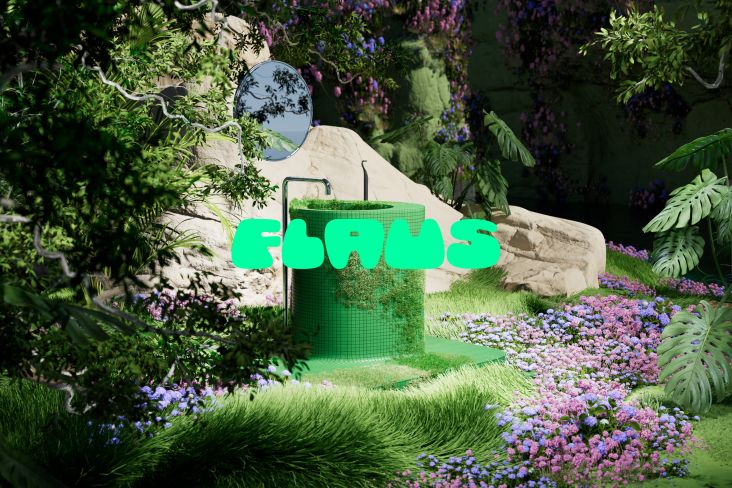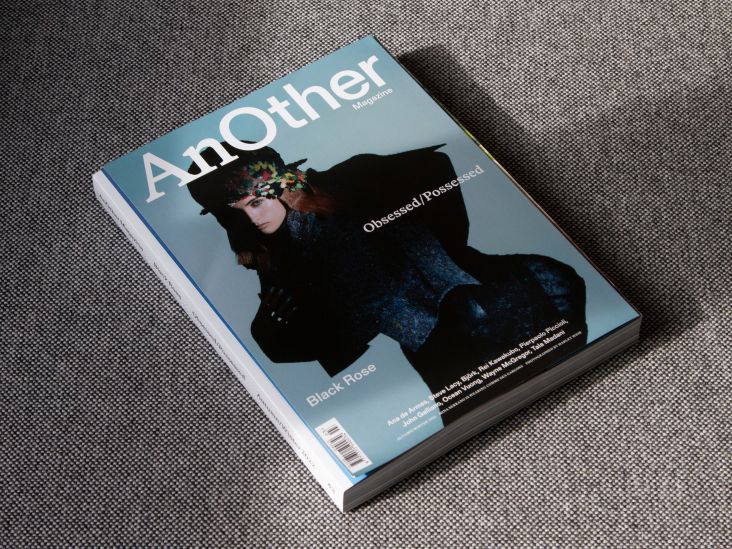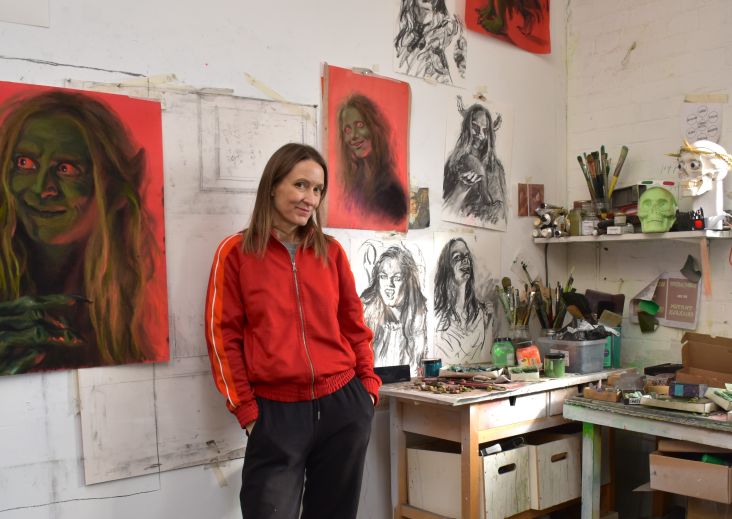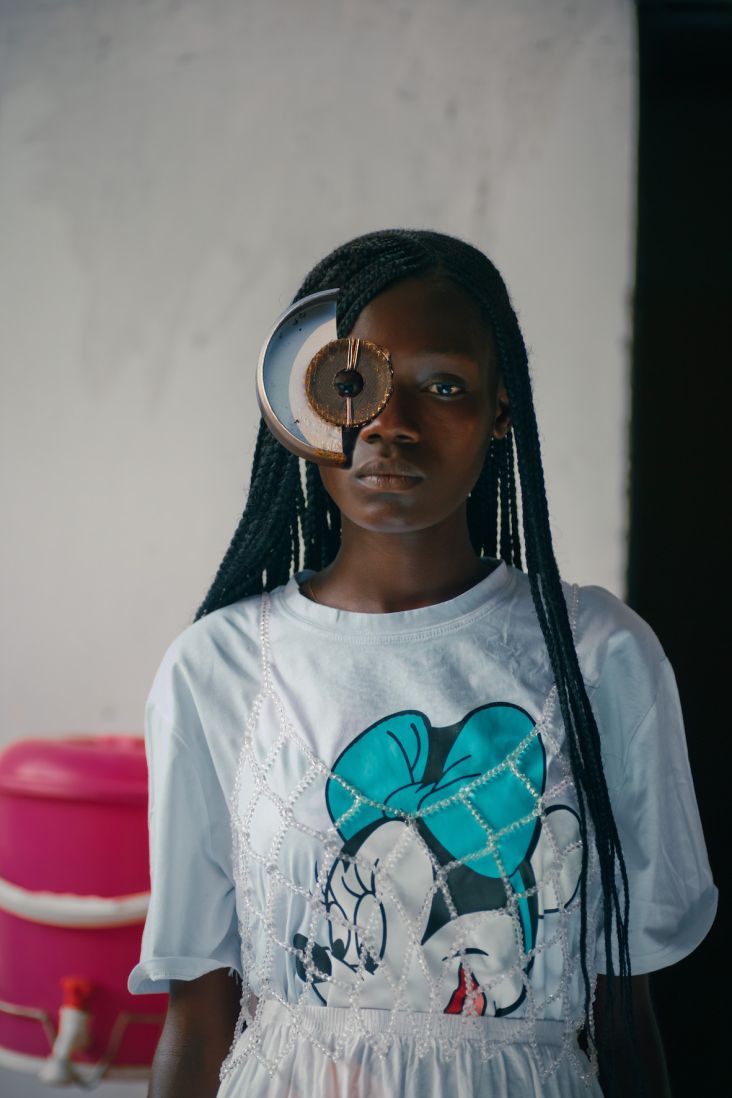Chaoying Lin's illustrated installation explores how young people live alone in China
Guangzhou-based illustrator Chaoying Lin explores the phenomenon of 'urban empty-nest youth' in her colourful illustrated installation When I Live Alone.
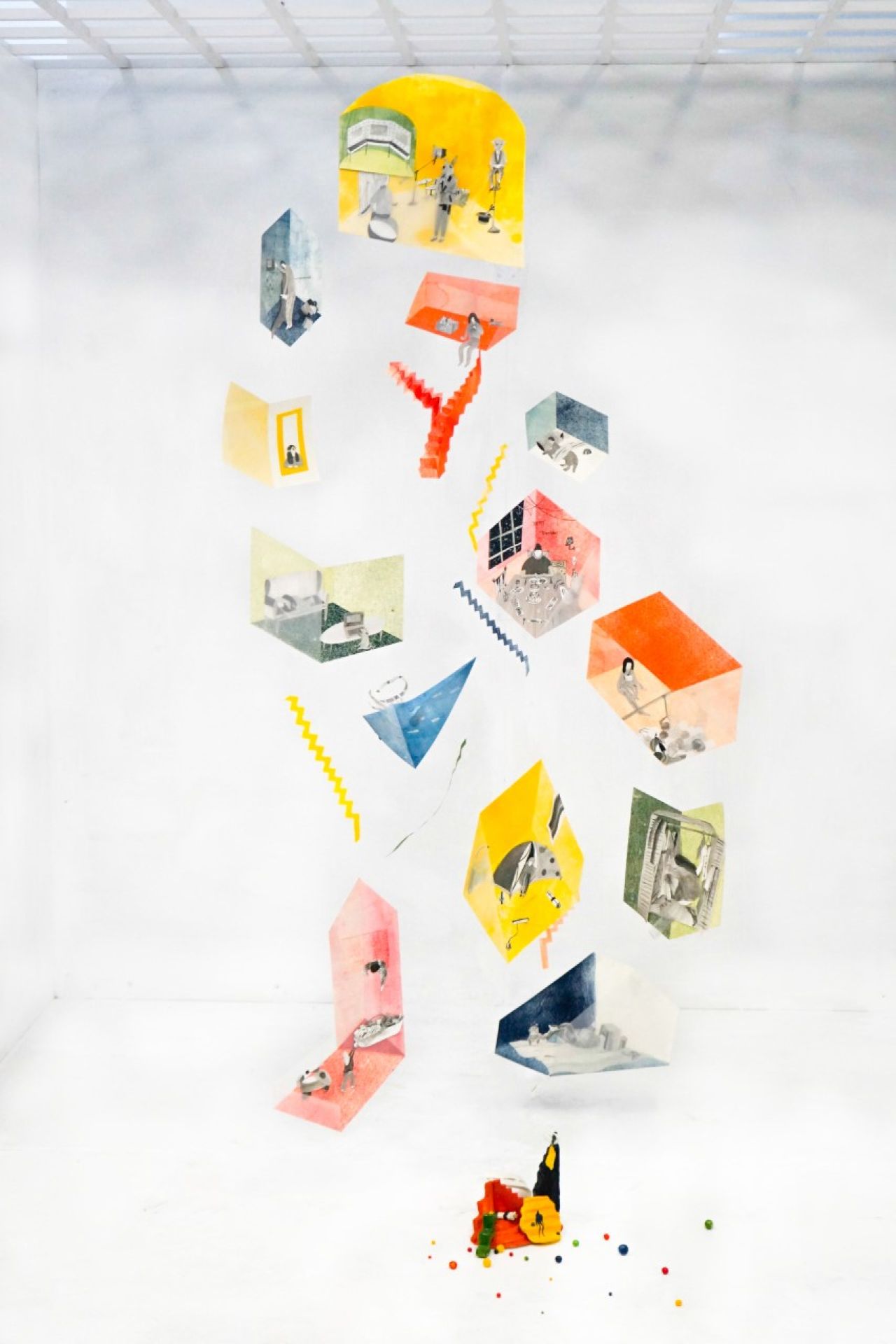
Ever feel like you're a different person when there's no one else around? Funnily enough, you're not alone. Many people feel free to express themselves more truthfully and openly when they are by themselves, and this phenomenon is the focus of Chaoying Lin's installation of ink-printed colour blocks and sulphuric acid paper.
Titled When I Live Alone, the installation of hanging artworks taps into a broader cultural trend in her homeland of China. Referring to a huge chunk of the country's youth who do not live with their parents or relatives and instead reside alone, the piece looks at how people become different versions of themselves in solitude yet retain social connections.
To realise this concept, Chaoying created images of rooms where the inhabitants felt comfortable enough to unleash the aspects of their personality that are usually kept in place by societal pressures such as work, school or friends. Suspended by a series of wires, these rooms see people indulge in hobbies, retreat into their comforts, or even just crash out on the sofa.
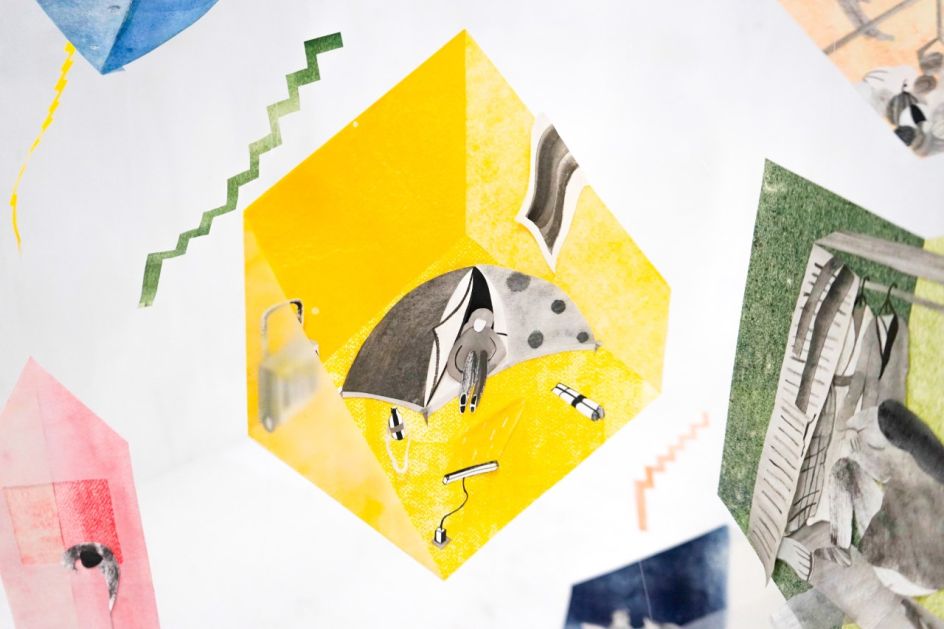
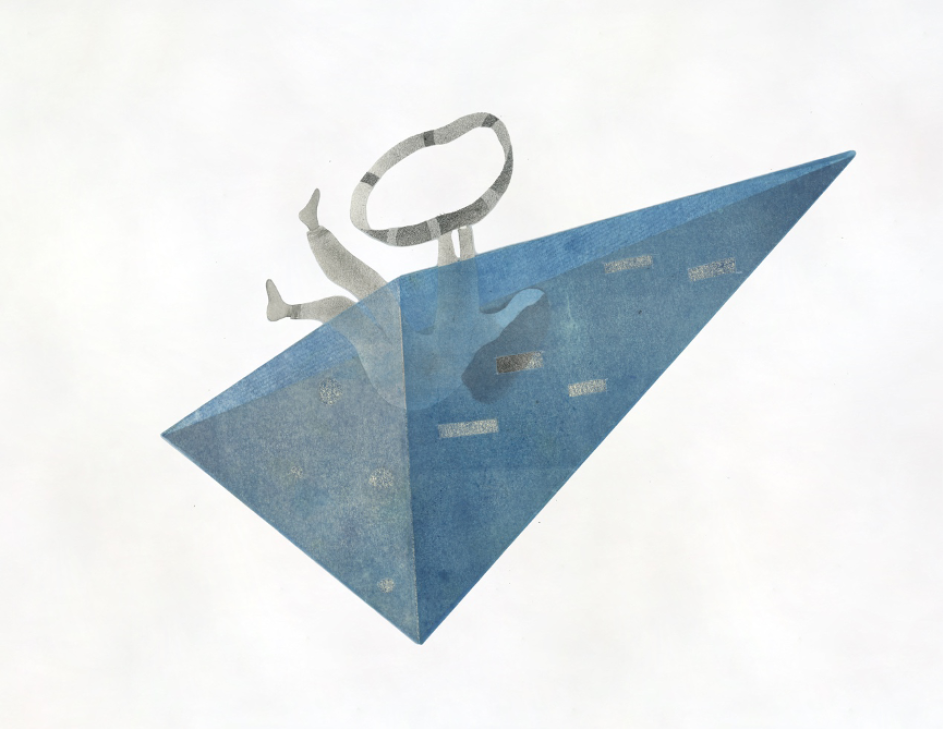
"The project is about each person living their own interesting life in their own solitary space, with a small staircase as a channel to connect them, she tells Creative Boom. "The inspiration for the project came from a time when I was living alone and felt very comfortable in a space where I was the only one around, and then I found out from talking to friends that there were many other people besides me who resonated with this lifestyle and liked the idea of having a space to be alone."
After reading about the concept of 'urban empty-nest youth' in online articles, Chaoying discovered that a very large number of young people shared a similar state of existence to her. She puts this down to rules and pressures which force people to act in certain ways in order to survive. "It's not that this is bad," she hastens to add. "Socialising and working together gives people a sense of self-identity and is good for a healthy state of life.
"But after spending most of your time in such groups, there is so little left for oneself that over time some confusion may arise, such as: 'Who am I? Where am I in my own life?' So I guess that's why solitude has become such a common way of life. It gives everyone more time to get to know themselves.
"When you are in a state of external connection, you must change part of yourself to avoid gossip or conflict because of society's responsibilities, relationships, social rules, etc. When you are alone, you are only yourself, and you can be completely true to yourself and follow your inner voice. In such a state, people will definitely present a more authentic version of themselves."
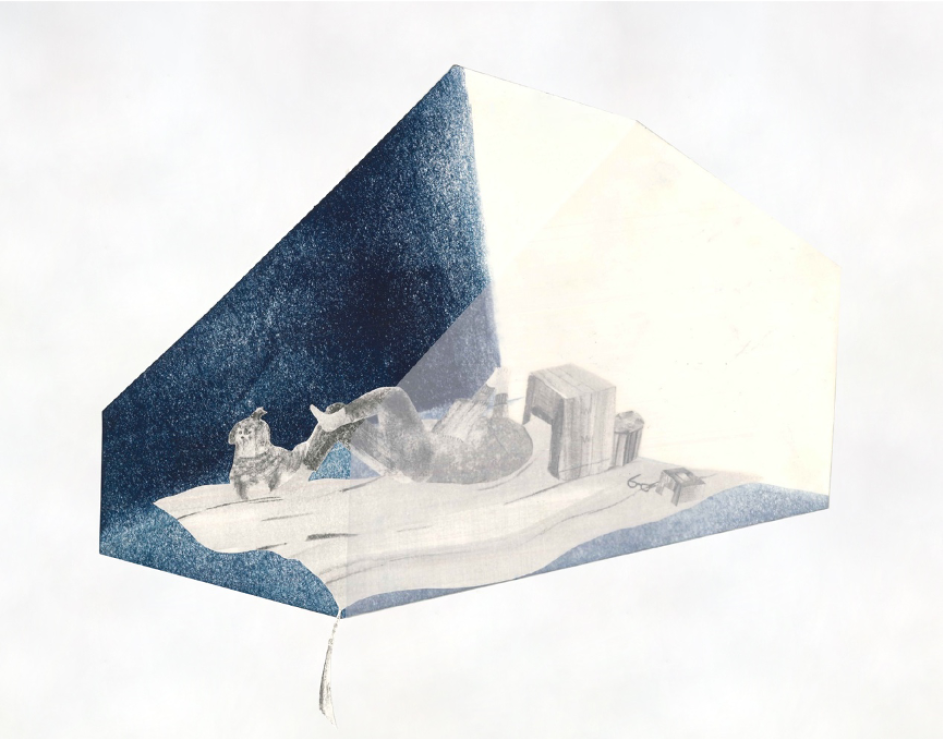
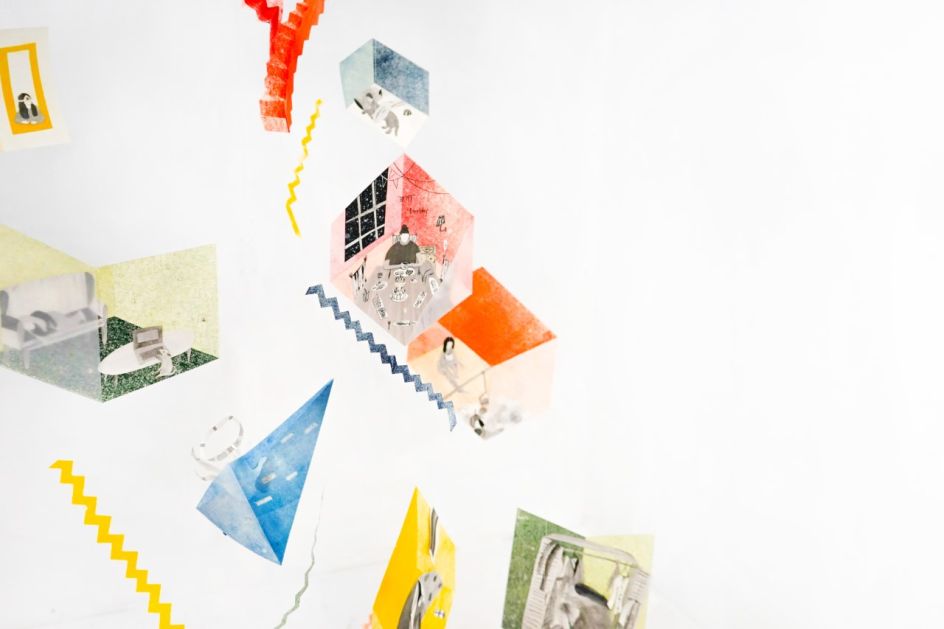
People like to remain in contact even when they're alone, though. And as we all discovered during the pandemic, we still need to stay in touch, even when we are apart. This desire is represented by a series of staircases which snake between the rooms. So even though the whole project appears very loose on the surface, it is, in fact, a coherent whole. "I also made a staircase out of stoneware clay with a man walking up it," Chaoying adds. "This signifies a transition from the social environment to a solitary space."
After being created and photographed in a gallery space, When I Live Alone has imitated its subject matter by being packed into storage. Although this doesn't mean Chaoying intends for it to be hidden away forever.
"I always hope that When I Live Alone will have the opportunity to be seen by more people," she concludes. "So if you are a professional who would like to exhibit it, please don't hesitate to contact me."
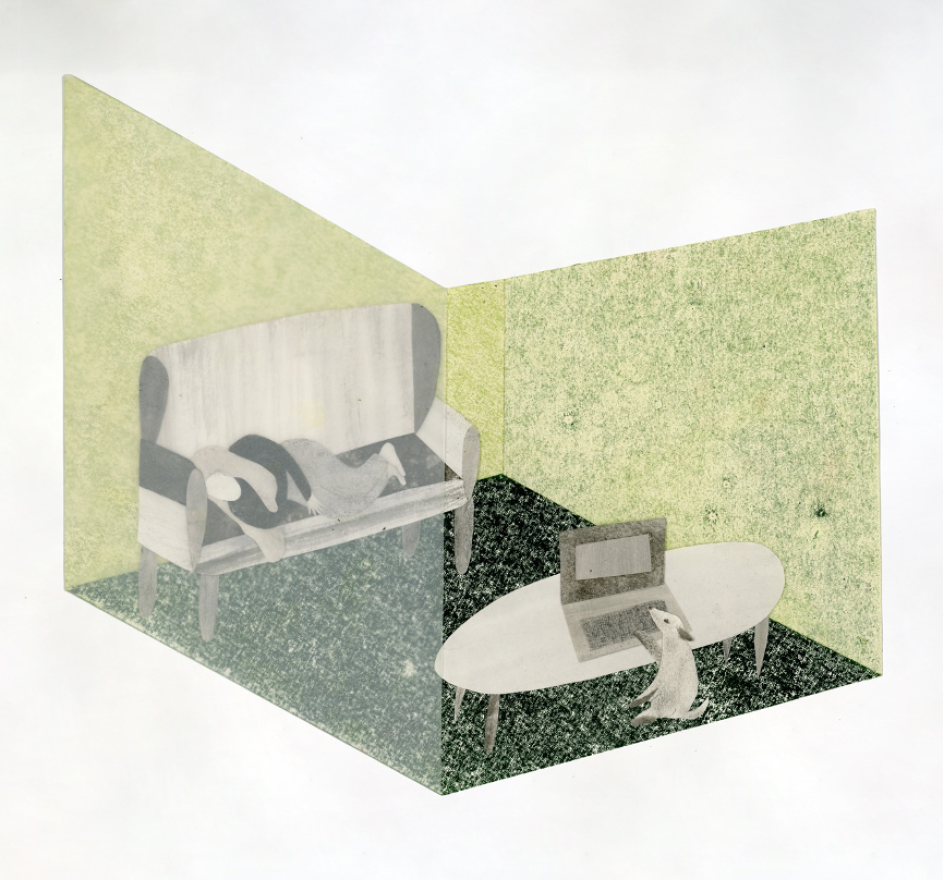
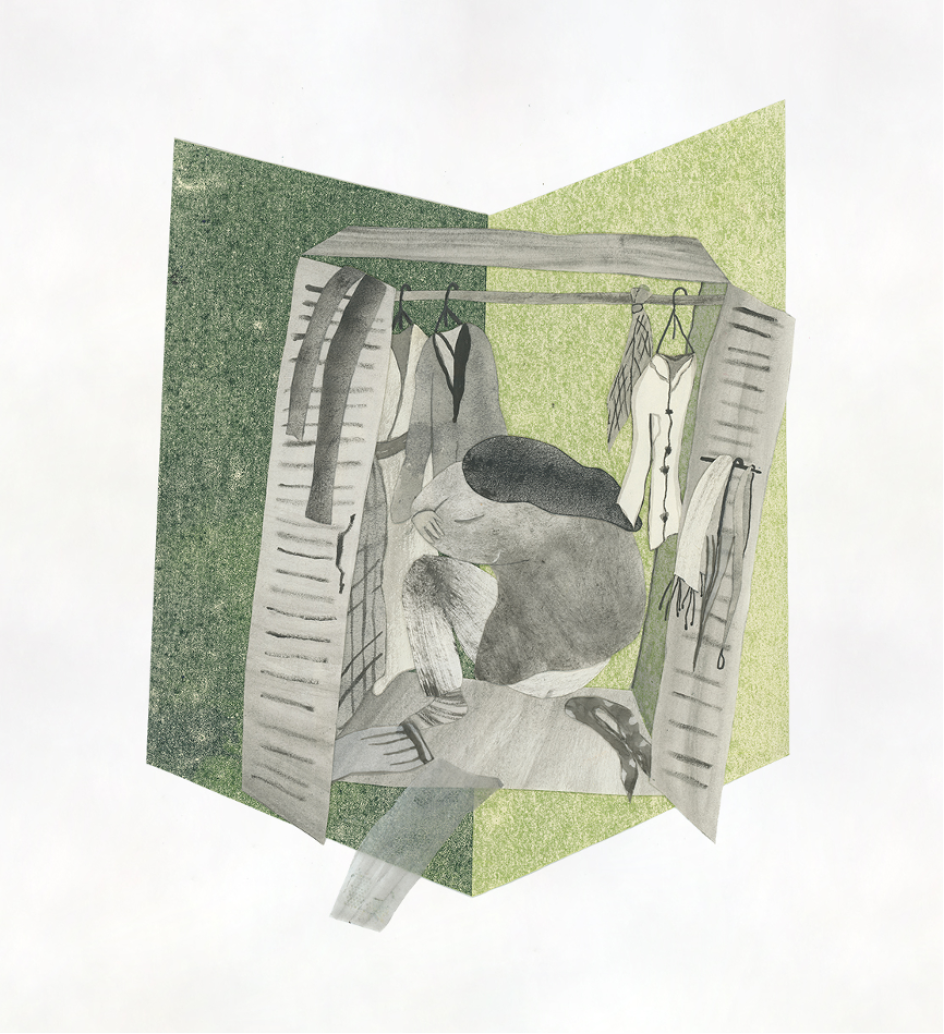
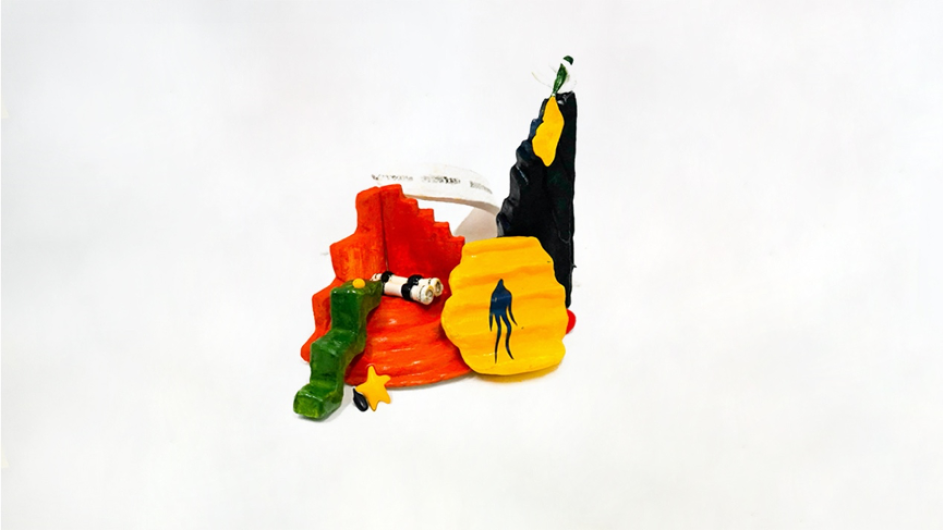

 for Creative Boom](https://www.creativeboom.com/upload/articles/06/063686a9a3b095b9b1f0e95df917ed4bd342be1b_732.jpg)



 using <a href="https://www.ohnotype.co/fonts/obviously" target="_blank">Obviously</a> by Oh No Type Co., Art Director, Brand & Creative—Spotify](https://www.creativeboom.com/upload/articles/6e/6ed31eddc26fa563f213fc76d6993dab9231ffe4_732.jpg)
 by Tüpokompanii](https://www.creativeboom.com/upload/articles/58/58684538770fb5b428dc1882f7a732f153500153_732.jpg)










